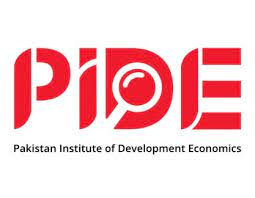F.P. Report
PESHAWAR: Since June 26, 2023, the Monetary Policy Committee (MPC) of the State Bank of Pakistan (SBP) has chosen to keep the policy rate steady at 22%.
The last meeting of MPC’s decision to keep the policy rate at 22% was influenced by the increase in headline inflation in September 2023, the volatility in global oil prices and the scheduled increase in gas tariffs starting November 2023.
A press release issued here on Monday stated that the MPC is scheduled to convene on December 12, 2023, to discuss and decide about the policy rate; whether the SBP should continue with the same policy rate or change it based on various economic indicators of Pakistan presented at the meeting.
Sector wise analysis and Progress: The indicators that play a crucial role in guiding the conduct of monetary policy span across different sectors, providing a comprehensive view of the economic landscape. In the real sector, the quarterly indicators serve as crucial benchmarks for assessing the performance of key sectors such as agriculture, industry, and services. For the first quarter of the current fiscal year, Pakistan Bureau of Statistics (PBS) revealed growth rates of 2.48%, 5.06%, and 0.82% for agriculture, industry, and services sectors, respectively. The overall first-quarter growth on a year-on-year basis is reported at 2.13%, signaling a positive trend for the economy.
External Sector Progress: While examining the external sector; MPC focuses on the current account balance, which encompasses both exports and remittances, as well as the stability of foreign exchange (FX) reserves.
The MPC meeting held on October 30 highlighted a significant improvement in Pakistan’s current account balance. The current account deficit (CAD) witnessed a 58% year-on-year reduction to $947 million for the period Jul-Sep FY24 after which for the month of September it was almost zero (balanced Current A/c).
However, the data from October 2023 reveals a further reduction in the current account deficit to just $74 million, marking a noteworthy 91% decrease compared to the same month in the previous year.
Nevertheless, it’s important to note a 61% increase in the deficit compared to the preceding month, attributed to debt servicing payment. Although the reserves have been building, by November 2023, the SBP reserves declined by $217 million, reaching $7.180 billion.
Money Supply Dynamics: Money and credit aspects are vital components, incorporating measurements such as M2 growth, interbank and open market exchange rates, currency in circulation, and the Net Foreign Assets (NFA) and Net Domestic Assets (NDA). Moving on to the money and credit situation in the economy, the average money growth in October and November stands at approximately 13.5%, surpassing the previous two-month average.
The exchange rate has experienced fluctuations, ranging from 280 to 285 in October and November, in contrast to the range of 290 to 300 observed in August and September for the interbank rates.







